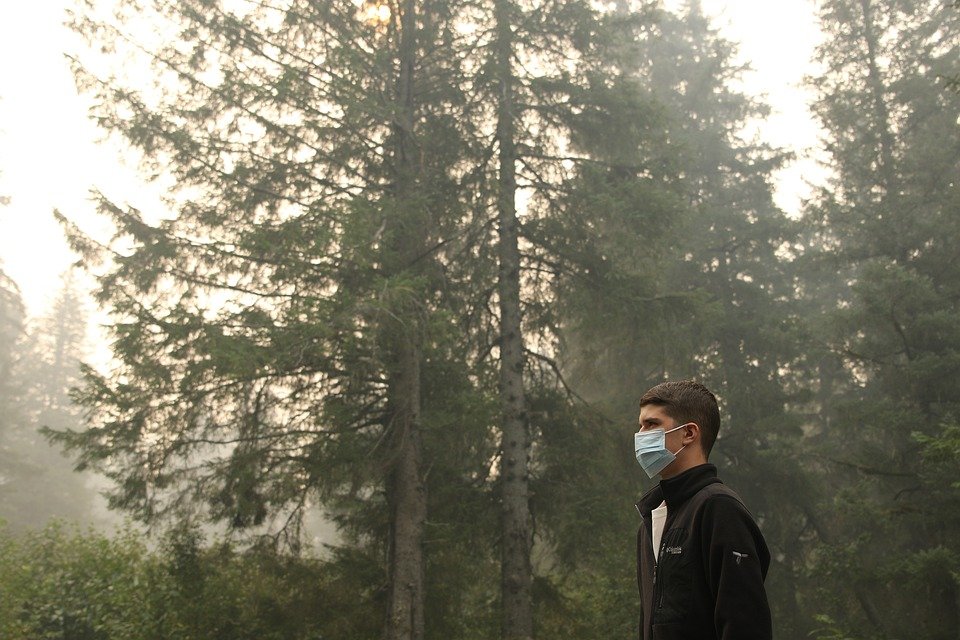Australia’s Wildlife: Unique Species and Conservation Efforts
Australia is renowned for its stunning landscapes and unique biodiversity, home to a plethora of wildlife that cannot be found anywhere else on Earth. From the iconic kangaroo to the elusive platypus, Australia’s fauna showcases an incredible variety of adaptations that have evolved over millions of years. However, the rich tapestry of life in Australia faces significant challenges, prompting extensive conservation efforts to protect its unique species and habitats.
Unique Species of Australia
Australia’s wildlife is characterized by its high proportion of endemism, meaning many species can only be found on the continent. Some notable examples include:
-
Kangaroo: Perhaps the most famous Australian animal, kangaroos are marsupials that exemplify the continent’s unique mammalian evolution. With several species ranging from the small red-necked wallaby to the large red kangaroo, these marsupials are widely recognized symbols of Australia.
-
Koala: Another iconic marsupial, koalas are known for their adorable appearance and eucalyptus diet. Living in the coastal regions of eastern and southern Australia, these nocturnal creatures are facing habitat loss due to urbanization and deforestation.
-
Platypus: The platypus is a monotreme, a rare group of egg-laying mammals. Found in rivers and streams in eastern Australia, the platypus has a duck-like bill and webbed feet, making it a remarkable example of evolutionary diversity.
-
Tasmanian Devil: This carnivorous marsupial, found only on the island of Tasmania, has become an emblem of conservation efforts after facing severe declines due to a contagious form of cancer known as Devil Facial Tumor Disease (DFTD).
-
Lyrebird: Renowned for its astonishing ability to mimic natural and artificial sounds from its environment, the lyrebird is a remarkable example of avian adaptation. Its elaborate courtship displays also highlight the importance of habitat preservation in the face of changing ecosystems.
- Great Barrier Reef Life: Beyond terrestrial species, Australia is also home to the Great Barrier Reef, the world’s largest coral reef ecosystem. It boasts incredible marine biodiversity, including species such as the clownfish, sea turtles, and an array of corals that are vital to marine health.
Threats to Wildlife
Despite their uniqueness, many of Australia’s species are under threat due to a variety of factors:
-
Habitat Loss: Urban development, agriculture, and logging have led to significant habitat destruction. The clearing of land for farming and urban expansion has fragmented ecosystems, making it difficult for wildlife to thrive.
-
Climate Change: Rising temperatures, altered rainfall patterns, and extreme weather events contribute to habitat degradation. Coral bleaching in the Great Barrier Reef, caused by increased water temperatures, poses an existential threat to its biodiversity.
-
Invasive Species: Non-native species, including feral cats, dogs, and rabbits, pose a significant risk to native wildlife. These animals can outcompete, prey upon, or spread diseases to native species.
- Pollution: Pollution from agriculture, urban runoff, and waste can contaminate habitats, affecting the health and survival of numerous species.
Conservation Efforts
In response to the pressing threats faced by Australian wildlife, numerous conservation initiatives have been launched at various levels:
-
Protected Areas: Australia has established numerous national parks and reserves to safeguard critical habitats. These protected areas serve as havens for native species, allowing them to thrive in their natural environments.
-
Species Recovery Programs: Organizations like the Australian Wildlife Conservancy and government agencies work to develop targeted recovery plans for endangered species. These programs often include habitat restoration, breeding programs, and monitoring initiatives.
-
Community Involvement: Many conservation efforts involve local communities through citizen science projects, wildlife corridors, and habitat restoration days, fostering a sense of stewardship and connection to the environment.
-
Research and Education: Establishing a solid scientific understanding of Australia’s ecosystems is vital for effective conservation. Research initiatives help inform policy, while educational programs raise awareness about the importance of biodiversity and encourage sustainable practices.
- Legislation: Australia has implemented various laws and regulations aimed at protecting endangered species and their habitats. The Environment Protection and Biodiversity Conservation Act 1999 is one of the primary pieces of legislation governing these efforts.
Conclusion
Australia’s wildlife is a treasure trove of unique species that play a critical role in the Earth’s ecological balance. However, the threats they face demand urgent action. Through dedicated conservation efforts—combining science, advocacy, community participation, and legislation—there is hope to ensure that future generations can experience and appreciate the incredible biodiversity that Australia has to offer. Preservation of these unique species is not just an environmental issue; it is a cultural imperative that reflects on the identity and heritage of the Australian people. Protecting Australia’s wildlife is, undeniably, protecting its very soul.


